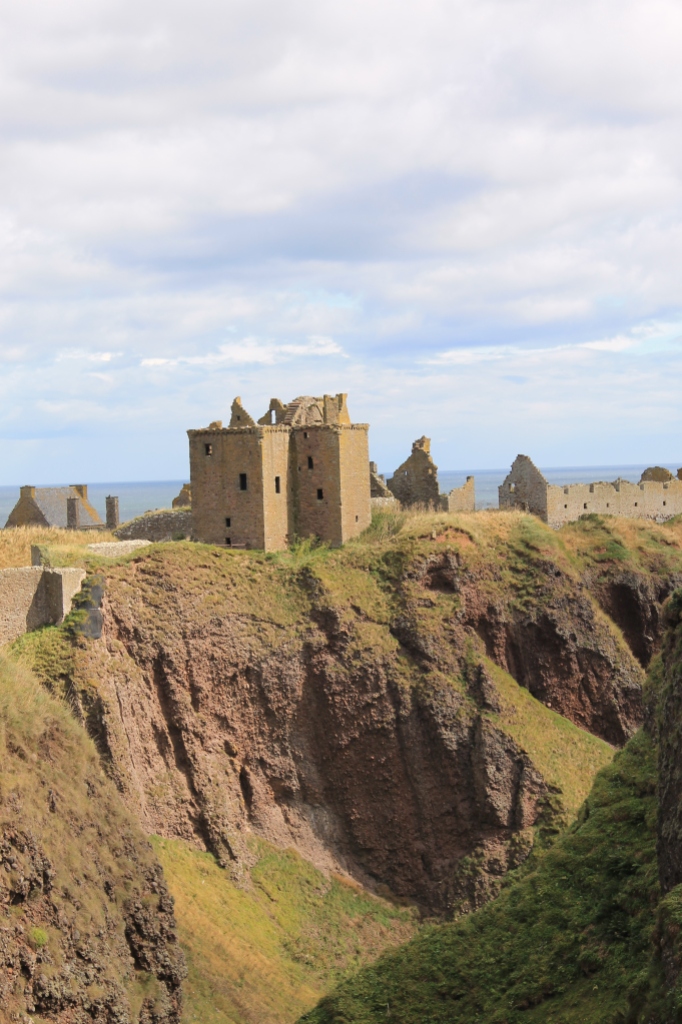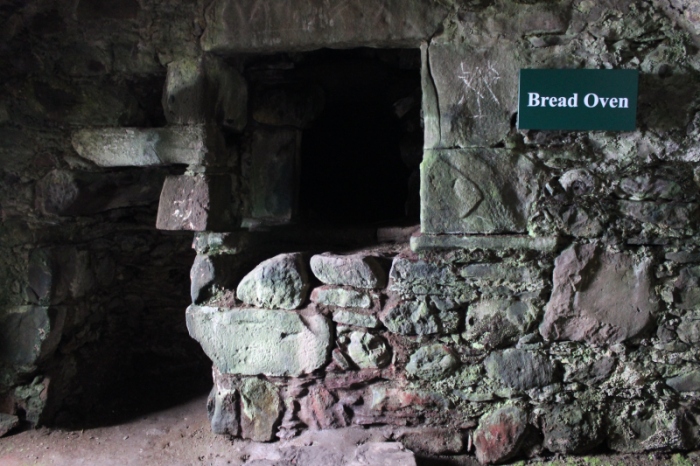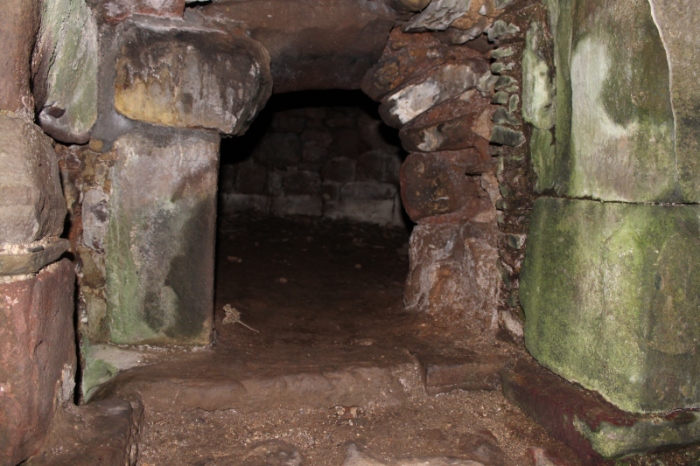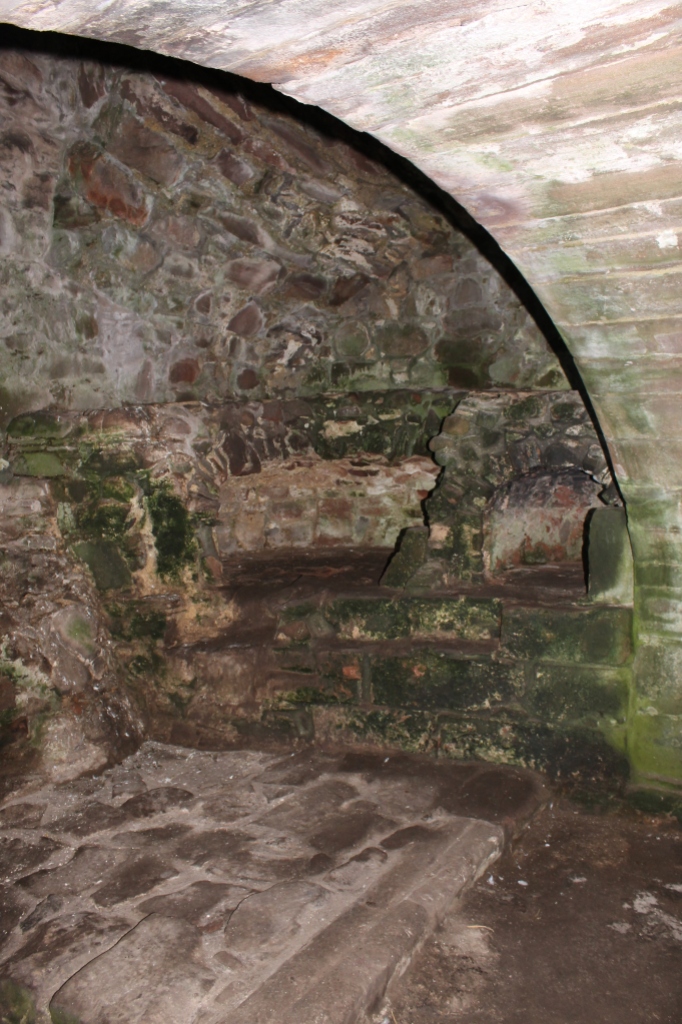For some reason the Ulster Folk and Transport Museum was never really on my radar while I was living in Belfast, and it wasn’t until this years flying visit that I managed a trip out to Cultra, on the outskirts of Belfast. All I can I say is that if you ever get the chance don’t make my mistake by putting it off! It is a fascinating museum for anyone interested in social history, and particularly special because of its working class focus. You won’t find any grand houses or fancy kitchens here (for that I recommend Castle Coole in Fermanagh) but you will get an unparalleled look at the everyday life of the lower classes in Ireland.
The museum has more than 45 buildings which have been transported to the site on 170 acres of land, to be explored at your leisure. There are costumed guides and interpreters demonstrating traditional crafts and techniques (printing, farming, baking, weaving etc) in some of the buildings, whilst others offer details of daily life, evocative in their banality: a patched quilt, a tiny doll, the smell of a peat fire.
Click on the photos to see larger pictures.
The Old Rectory
Originally built in 1717 in the English Plantation style, the house has been set up as a clergyman’s residence between 1790 and 1810.
- Baking soda bread over the fire.
Ballyveagh House
Built in the 1840’s this tiny farm house has only two rooms, a kitchen and a bedroom but was home to four successive generations of the Baird family. William and Margaret who were married in 1875 raised 10 children in this house!
- Ballyveagh House
- Imagine cooking meals for 12 people on that!
- Quilts made from scraps – nothing goes to waste.
- This dresser is over a hundred years old and has recently been restored to its original colour. Dressers like these had pride of place in houses across the country, displaying the family’s best crockery.
Ballyvollen Houses
Dating to the late 17th century this row of houses has been set up to represent the life of fisherman Hugh McGarry and his wife c. 1905. Next door is the basket makers workshop with examples of the type of hand-made lobster pots which fishermen would have used.
- Another lovely dresser.
- And another.
- A hand woven lobster pot.
Bank Manager’s House
A 1920’s family home.
- Making Bread
- A dolly for doing the weekly wash.
Next up, kitchens in France!

































